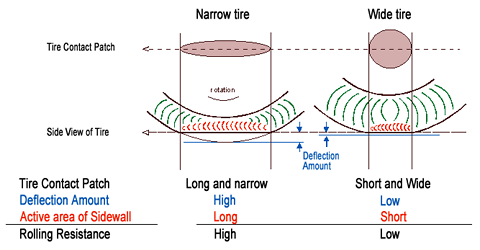If there is one constant variable in not only cycling but life itself, its the ever swinging pendulum of change. The flow of our day to day lives is and always will be in a constant state of flux. From seemingly unchanging consistency to momentary, lightning fast, unexpected curve balls; there is an underlying element of change in even the most stable of situations. Cycling is certainly no different from this being each and every ride exemplify this realization. With so many individual yet connected elements giving rise to the unique, one time experience that is our bicycle ride, it is no wonder its always such a diversified experience every time. From lack of sleep and chronic stress to carefully planned meals and abundant mental clarity; the ride can and will be effected by myriad aspect.
Different day, different ride
How boring and unenticing would it be if every bicycle ride looked, felt and was experienced in the exact same way. If we rode the same route, with the same whether conditions after having eaten the same meals we might begin to feel that the flavor of variety was somehow lacking in our experience. Omitting the fundamental elements that compose diversity would be part and parcel with rendering our bike rides to mere routine.
As someone who cycles almost daily, a huge aspect of my pleasure regarding the ride is the unknown factor. Getting on the bike, moving forward and not knowing what exactly to expect or when to expect it is one reason why cycling can in and of itself be regarded as an act of grace. The cyclist has the creative freedom to go whenever one wants, at whatever pace desired to whatever location determined. Cycling is very much an equivalent to making abstract art in the sense that we work with available resources to produce something that is entirely unique and dependent on variables that are both within and simultaneously beyond our control. From a harsh head wind that holds strong for countless miles to a sweeping descent that carries us effortlessly down a lengthy pass, we have certain parameters within which we can play and allow to help create a unique, new journey every time.
The elements are your friend
There is something to be said for the individual that treats adverse weather conditions as a something not to fear and avoid, but as a sometimes unexpected companion that can show us a thing or two about ourselves. For when we allow ourselves to be taken by the ever changing climate we are at the same time allowing ourselves to acknowledge life as it is; a shifting sphere of movement that we are inexorably forced to move along with. By allowing ourselves to dance with the massive force of energy that is nature, we are in a symbolic way opening our lives to the flood gates of the unknown.
Whether deliberately or not we become exposed to unexpected torrential downpours, unrelenting waves of heat or blankets of blinding snow we open up a dialogue with the inevitable. In these moments we tell the universe that we will not allow ourselves to become victimized by the uncontrollable but will do what it is that we can to work harmoniously with it. It is only by submerging ourselves in such environments that we gain the abilities and resilience to continue moving forward, without fear of what is to come. Similar to acquiring a cold or a bad flu we must expose and harden ourselves to the elements of life and change, whether on the bike or not.
Knowing the limits and testing ourselves
To broaden our horizons we must dabble a bit with the unknown by getting our feet wet so to speak. For when we engage in diversified, even seemingly non related activity, we can strengthen what it is we may already seem proficient in. It is the equivalent of developing the abdominal muscles and hip flexors to aid in a full bodied, fluent pedal stroke when general consensus sees the legs as doing most of the work.
By abandoning various metrics like heart rate, wattage output, vo2 max intake and lactic/anabolic thresholds we can begin to focus more on what is important to our own direct experience; an intimate ride that involves working within our unique abilities. If all one can handle is a 10 minute semi-freezing downpour before numbness and similarly threatening physiological conditions present themselves then so be it; hang up the hat and call it a day. Like anything else in life one must ask how else we will know what we are capable of without giving it a go to one degree or another. It is when we let our expectations of the ideal circumstance go to the wayside the we truly allow ourselves to jump into the unknown territory. Thankfully for us, the unknown does not have to be black or white but can instead be a gradual acclimation to what we are not yet capable of or familiar with.











